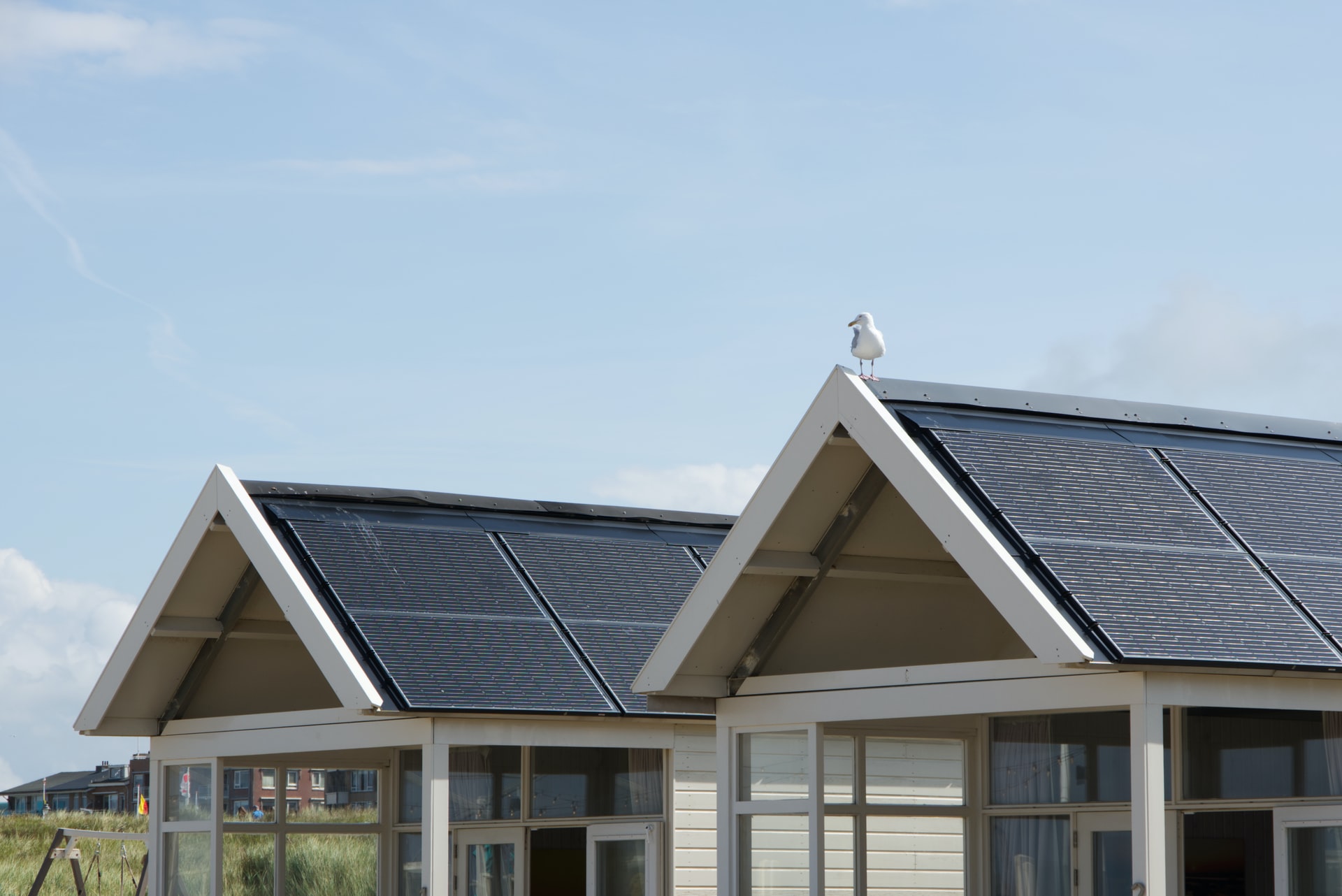Energy bills are difficult enough to work out as they are, and energy suppliers love to confuse their customers by using energy jargon. But at Switchd, we’re on your side, not theirs. That’s why we’ve put together the top 10 most used energy terms and their explanations to make your energy bills that bit less confusing.
1. Dual fuel
English translation: Having your gas and electricity provided by the same supplier.
It’s more common to receive your gas and electricity from different suppliers. That’s why some suppliers offer a dual fuel discount on their tariffs so you get a discount for having your gas and electricity provided by the same supplier.
2. Smart meters and In-home display
English translation: Energy meters that send information about your energy usage to a portable touch-screen called an in-home display (IHD) and to your energy supplier.
Smart meters are the new gadgets in town that help you take more control of your energy bills. They replace your original gas and electricity meters. The in-home display would update you on how much you are spending on energy. This means that you no longer have to provide meter readings to your supplier and that you would only be charged for the energy you use.
3. Economy 7/ Economy 10
English translation: A type of energy tariff where you’re charged a different electricity rate during the day and night.
For an Economy 7 tariff (or White Meters tariff in Scotland), the normal rates of charge apply during the day and then a cheaper rate applies for 7 hours at night. As you might guess, an Economy 10 plan would offer a cheaper rate for 10 hours at certain times of the day/night. Having this sort of plan could save you money if you consistently use less energy at night or at other times of the day. To be on this type of tariff, you’d need a special type of electricity meter installed in your home.
4. Prepayment meter
English translation: A special type of meter where you pay for your energy in advance.
These are different to normal meters (a.k.a credit meters) because you’ll have to top-up money on a smart card or ‘key', then insert it into your meter to start using energy. This sort of tariff is normally called a ‘prepayment’ or ‘pay as you go’ tariff. Prepayment meters are more expensive but they can help if you really want to control your energy spending or if you’ve struggled to pay your energy bills in the past.
5. MPAN and MPRN
English translation: Unique numbers identifying the electricity and gas meters in your home. The MPAN identifies your electricity supply and the MPRN identifies your gas supply.
Your MPAN (Meter Point Administration Number) would be found on your electricity bill and your MPRN (Meter Point Reference Number) would appear on your gas bill; unless you’re on a dual fuel tariff, where your MPAN and MPRN would be on the same bill. You may need to provide these numbers if you’re switching suppliers so that switchers like us know which property we are switching.
You can find out more information about where to find your MPAN and MPRN and what they look like here:
Where do I find my supply number (MPAN and MPRN)?
6. MSN
English translation: The actual number identifying your physical energy meters.
The MSN (Meter Serial Number) is printed on your actual energy meters and is usually shown near the display for your meter readings.
7. Standing Charge
English translation: The daily rate charged by suppliers regardless of how much energy you use.
A standing charge is the fixed-rate suppliers charge you just for supplying energy to you. So, your energy bill will include a fixed standing charge and a variable charge which changes with the amount of energy you use.
What does ‘zero standing charge’ mean?
Just as the name suggests, it means that the standing charge is £0.
So why would you go for a tariff with a standing charge?
Zero standing charge tariffs generally have higher variable rates that change with your energy usage, so they could work out to be more expensive than tariffs with a standing charge. But zero standing charge tariffs can work well for people who have very low energy usage, especially in homes that are often empty.
8. Standard variable tariff
English translation: A tariff where your rates of charge would go up or down depending on the cost of energy (unrelated to the variable charge mentioned above).
Standard variable tariffs are usually more expensive but these are one of the most common tariffs people are put on (it’s the suppliers’ way of making lots of money from people).
So why are so many people on these tariffs?
Many people initially sign a fixed tariff contract for a period of time, usually 1-4 years. Once this tariff ends, and if you don’t find a new supplier or tariff, your supplier will put you on their default tariff –- the standard variable tariff (sneaky, right?). But it’s so time-consuming finding a new energy deal every time your contract ends! You don’t need to worry, that’s where Switchd comes in.
We do all the work for you, switching you whenever a better tariff comes along, and saving you hundreds of pounds every year!
9. Fixed tariff
English translation: A tariff where your rates of charge stay the same regardless of how wholesale energy prices have changed. Your bill will still change from month to month depending on your usage, it’s just your cost of energy per unit that stays the same!
A fixed tariff can protect you against any energy price rises, but equally, you could miss out on lower energy prices. Fixed tariffs generally work out to be cheaper than variable tariffs.
10. Ofgem
English translation: The regulatory body for the energy industry.
Ofgem (Office of Gas and Electricity Markets) are an organisation independent of the government and the energy industry. They work to make sure that gas and electricity consumers are treated fairly and they make rules and regulations that are in the best interest of these consumers.
So, what are you waiting for?
- We save you more time and money than comparison sites and our free competitors. And what’s more, you’ll only be charged for our service if and when we get you a saving of £50 or more.
- Its quick to sign up, then hassle-free thereafter.
- Auto switching is for those who want to save money, but don’t have the time or patience to keep switching. If you want to save money hassle-free, auto switching may well be for you.




